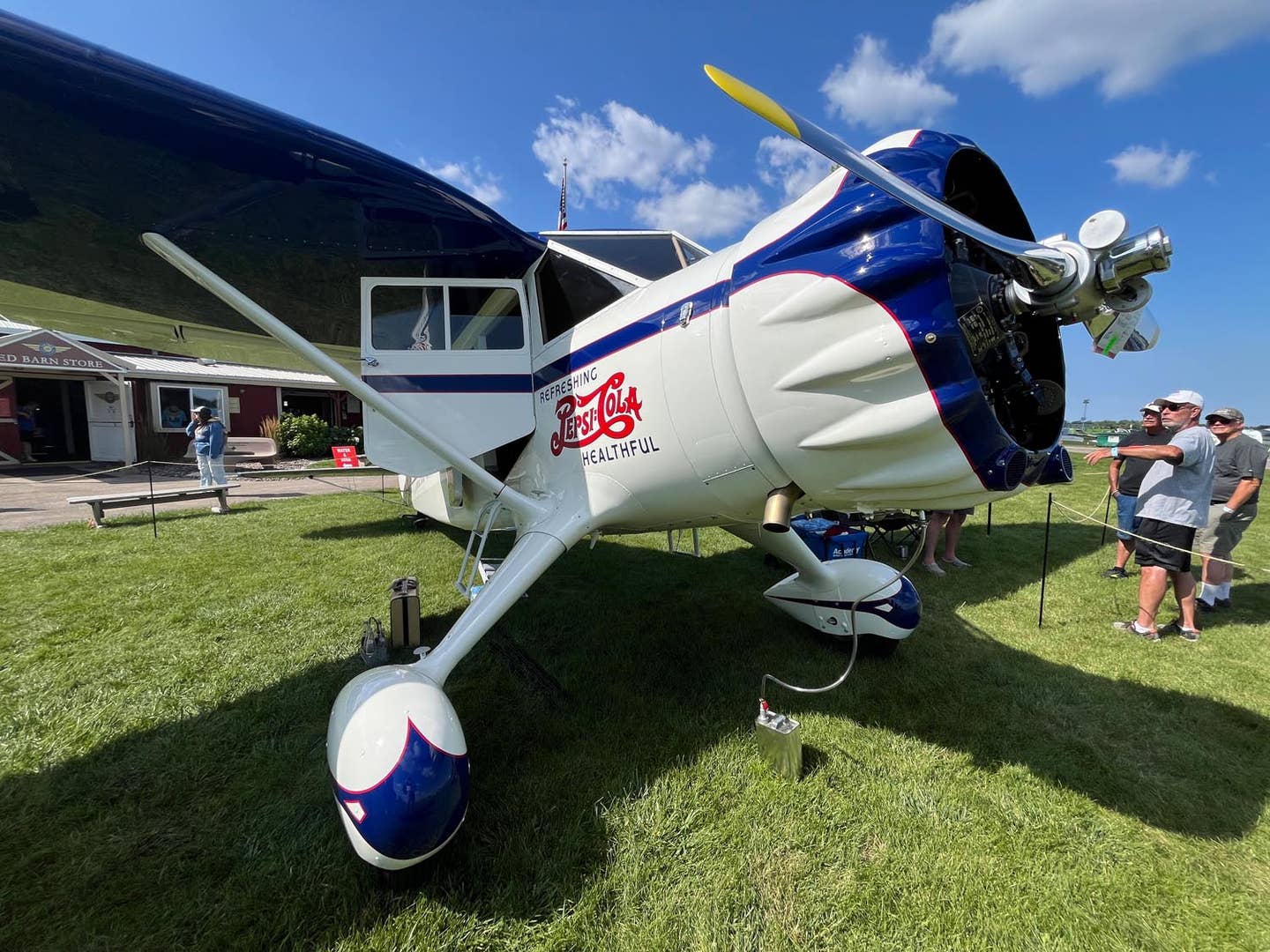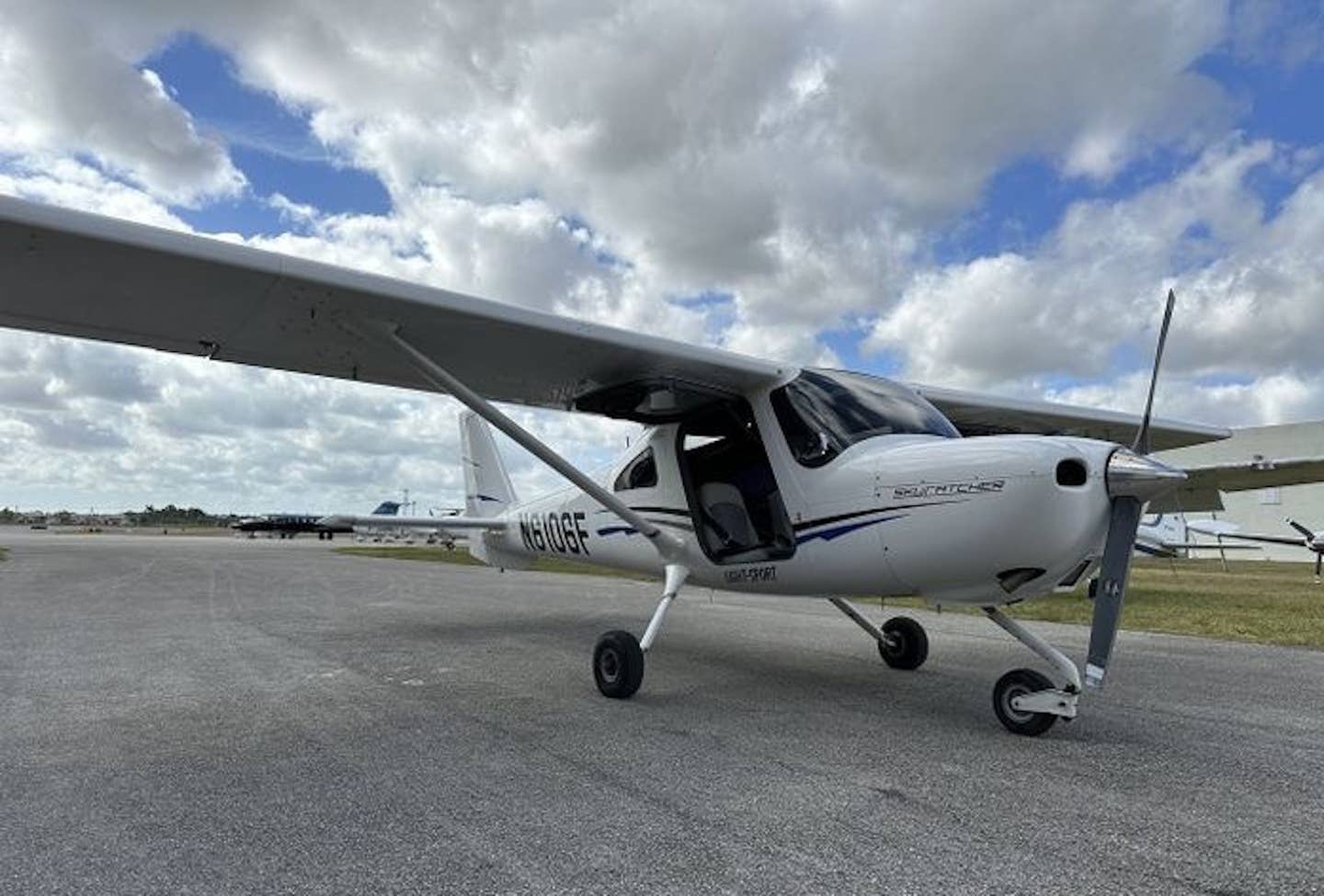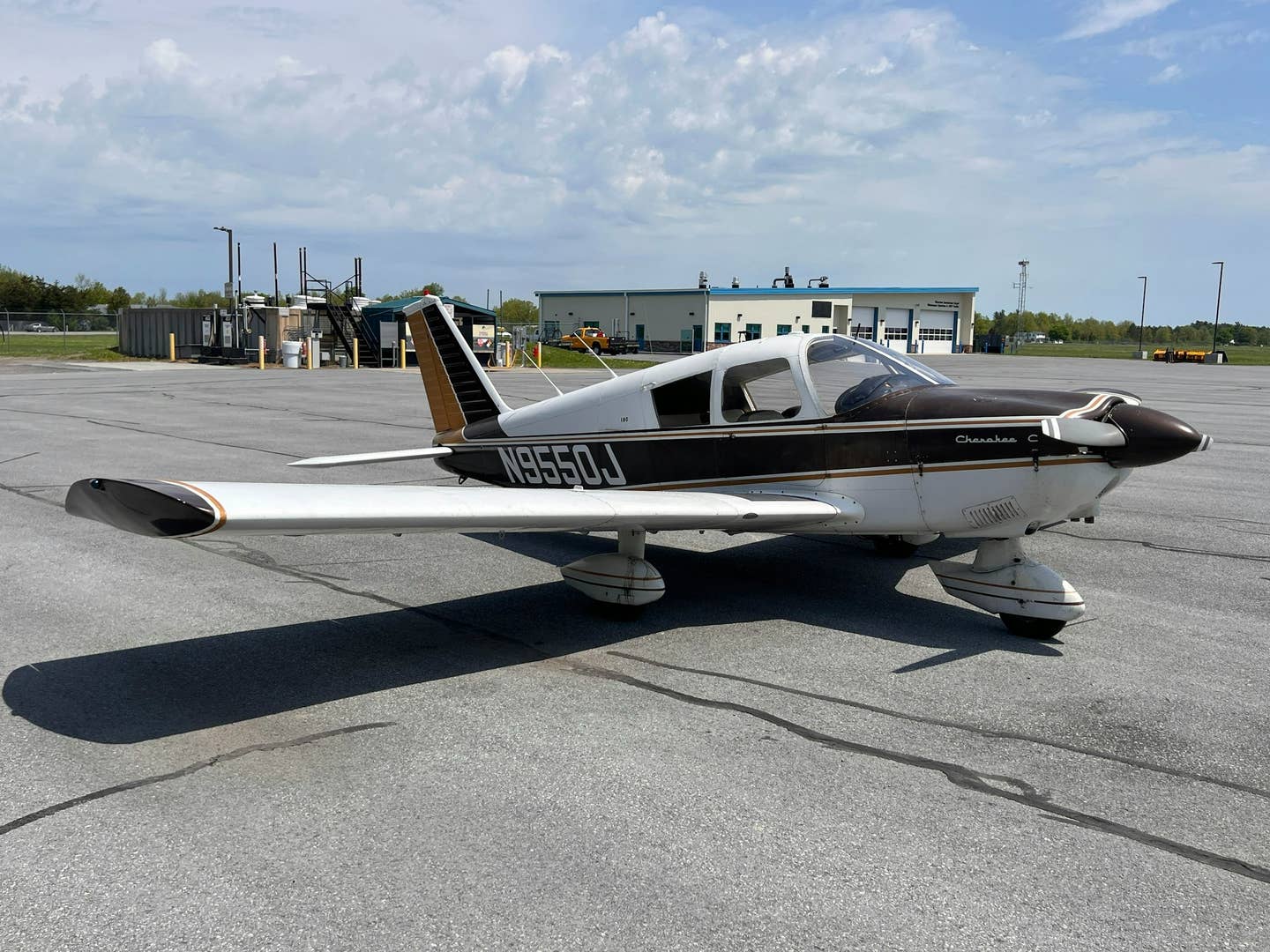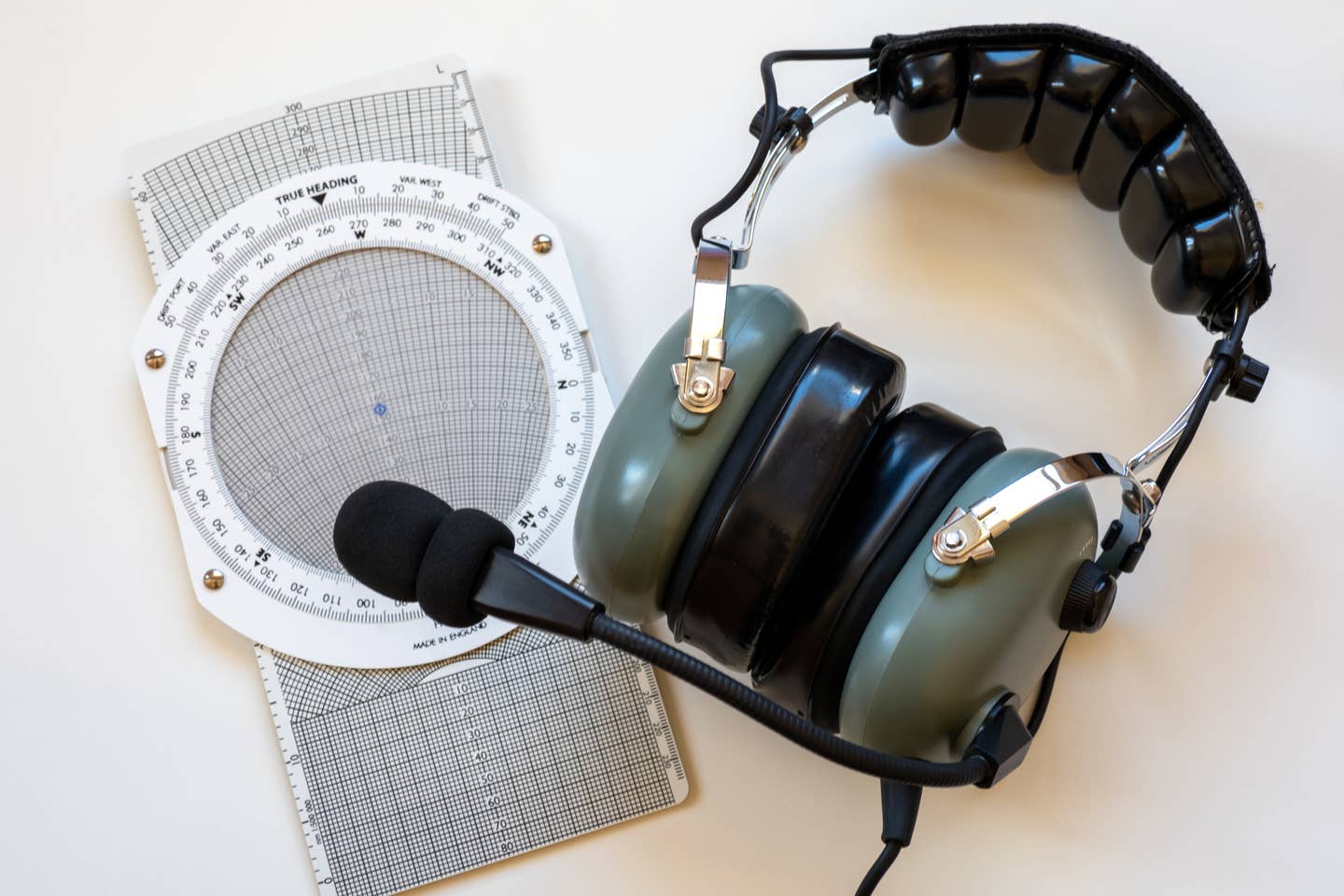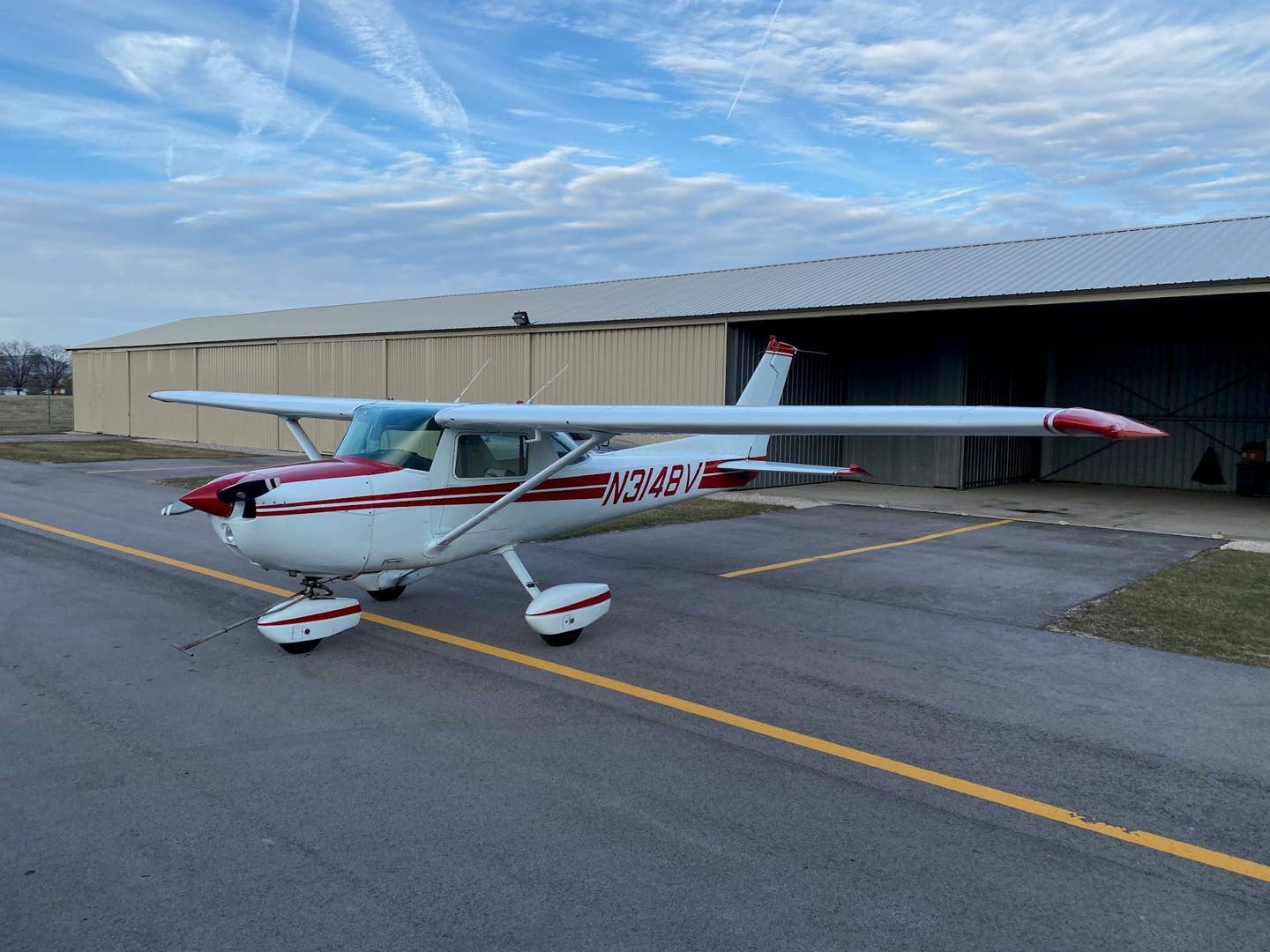The Origins of “Mayday”
May 1st, also known as May Day, has several connotations. In some cultures, it is celebrated as the traditional beginning of spring marked by placing baskets of flowers on doorsteps….
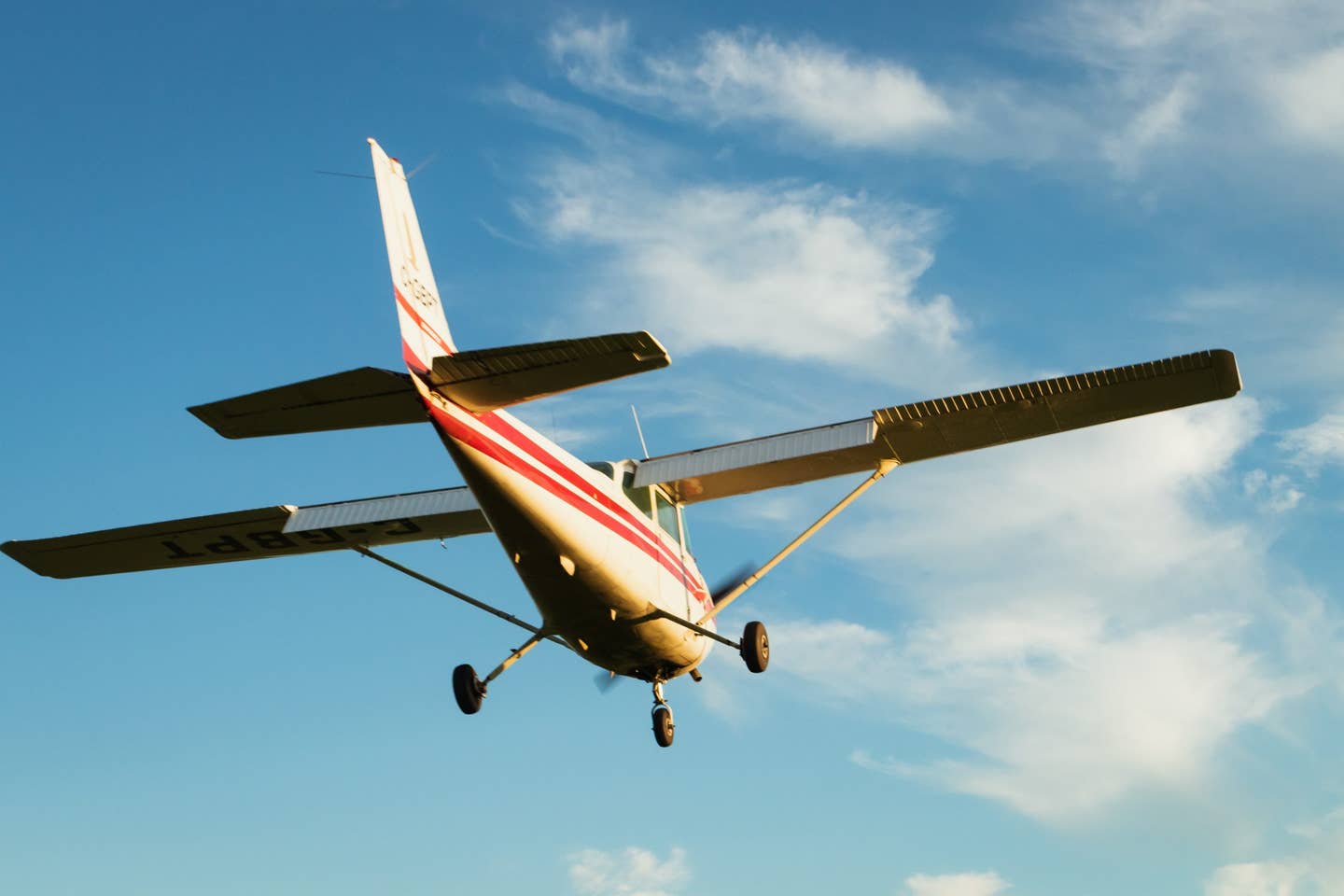
[Photo by Greg Rosenke on Unsplash]
May 1st, also known as May Day, has several connotations. In some cultures, it is celebrated as the traditional beginning of spring marked by placing baskets of flowers on doorsteps.
For pilots, uttering the phrase “MAYDAY” means they’re in trouble—but have you ever wondered why?
MAYDAY and PAN-PAN—also used when we’re in trouble—are both derived from French phrases.
MAYDAY comes from the phrase “venez m’aider,” which translates roughly to “come help me.” PAN-PAN comes from panne, which translates to a breakdown.
Distress, Urgency Conditions
Per the FAA Pilot/Controller Glossary, an emergency can be either a distress or urgency condition.
- For an urgency condition, the pilot should repeat “PAN-PAN” three times.
- For an emergency, “MAYDAY” should be repeated three times.
The FAA defines distress as “a condition of being threatened by serious and/or imminent danger and of requiring immediate assistance.”
An urgent situation is “a condition of being concerned about safety and of requiring timely but not immediate assistance; a potential distress condition.”
French Influence on Aviation
These phrases are just part of the French influence in aviation. The terms aileron, fuselage, and empennage are also French. Aileron, for example, means “little wing,” fuselage is derived from fuseler, which means to shape like a spindle, and empennage means “feathering.”
Editor’s Note: This article originally appeared on flyingmedia.com

Subscribe to Our Newsletter
Get the latest Plane & Pilot Magazine stories delivered directly to your inbox

